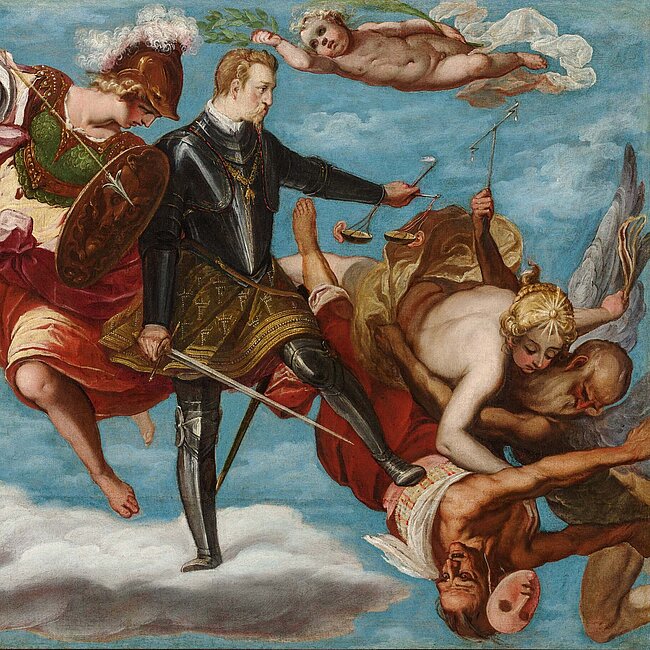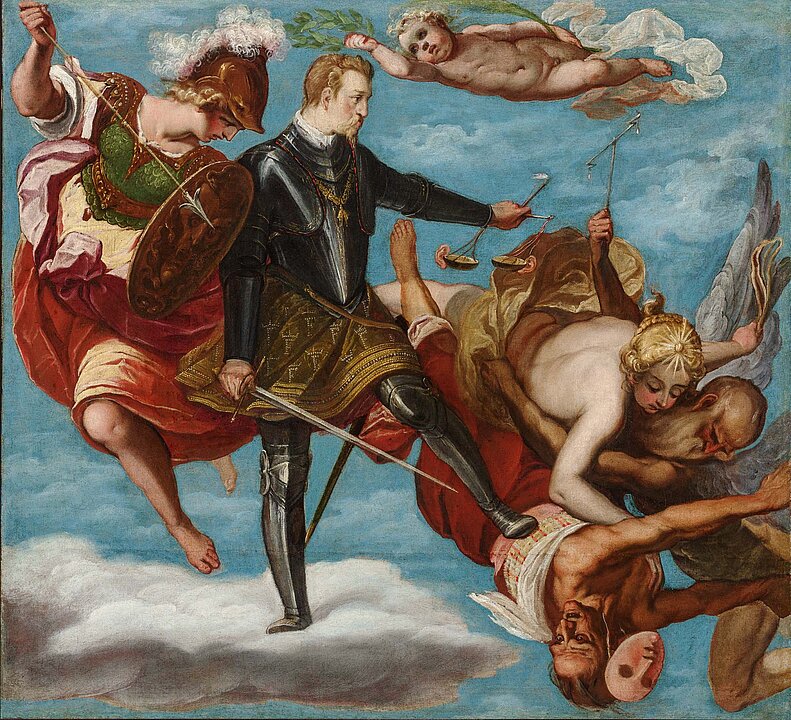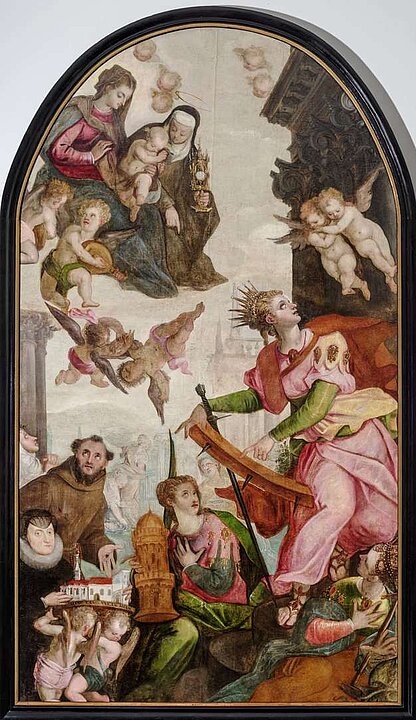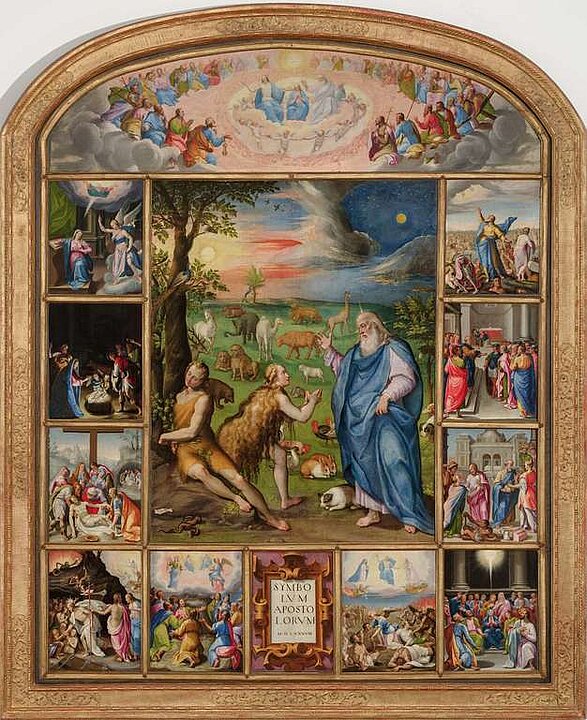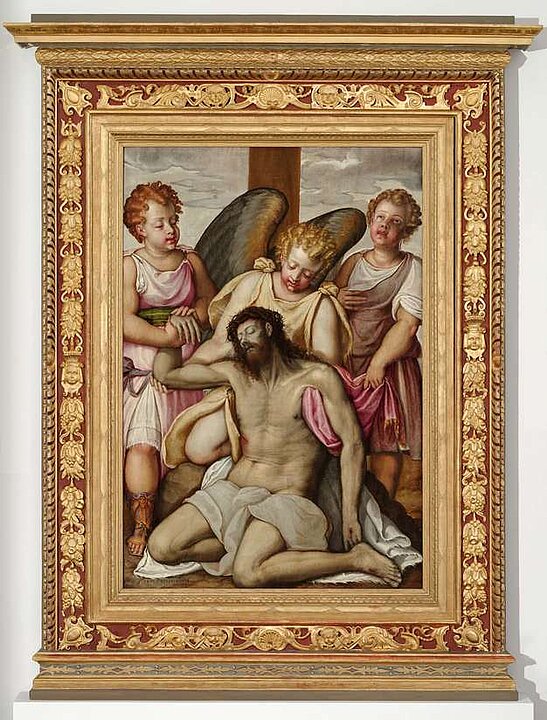Around the middle of the 16th century the whole of Europe stands divided between Catholics and Protestants. Both camps are irreconcilably opposed to each other. Protestant critique is levelled at the excessive cult of saints and the moral decline among many representatives of the Church. Sacramental doctrine and papacy are rejected. The Roman Church reacts to this with the Council of Trent. Disputed tenets of the faith are reaffirmed there. Major reforms follow. The clergy is disciplined, practical pastoral care revived and tuition restructured.
The Catholic Church sees itself as a fighter for the truth. An elite force in the literal sense is the Jesuit Order. Its members regard themselves as spiritual soldiers of Christ. In this struggle, art also becomes a weapon, an ideal instrument for spreading the faith.



















